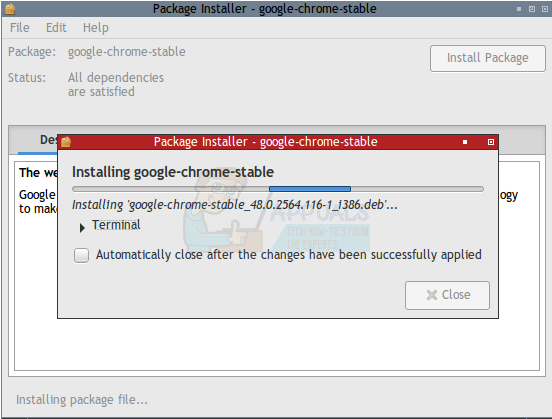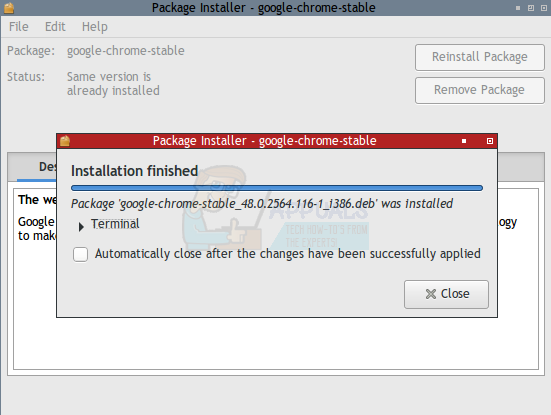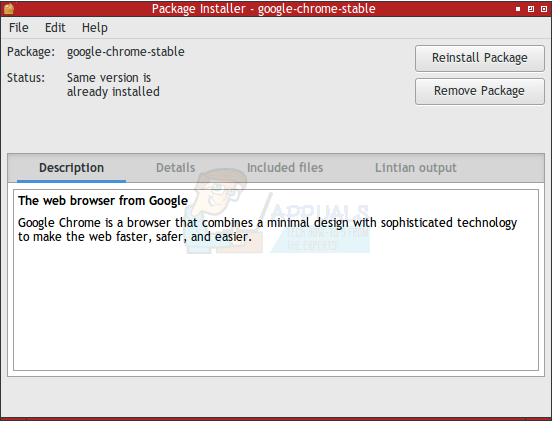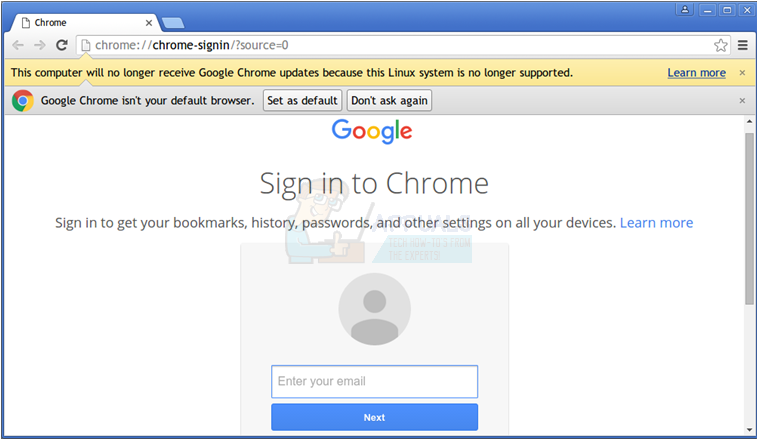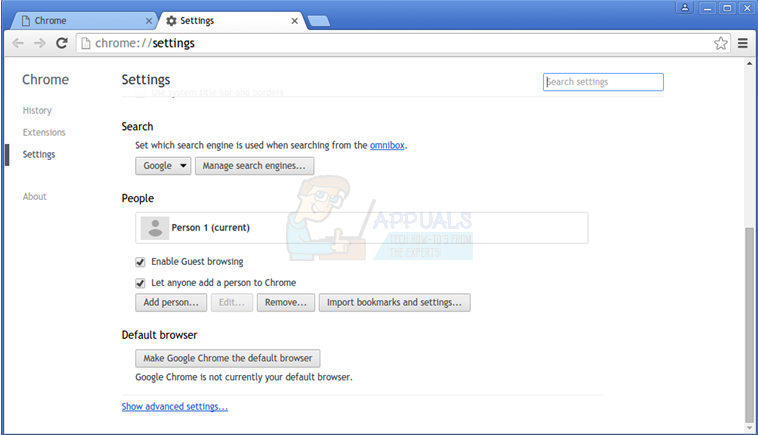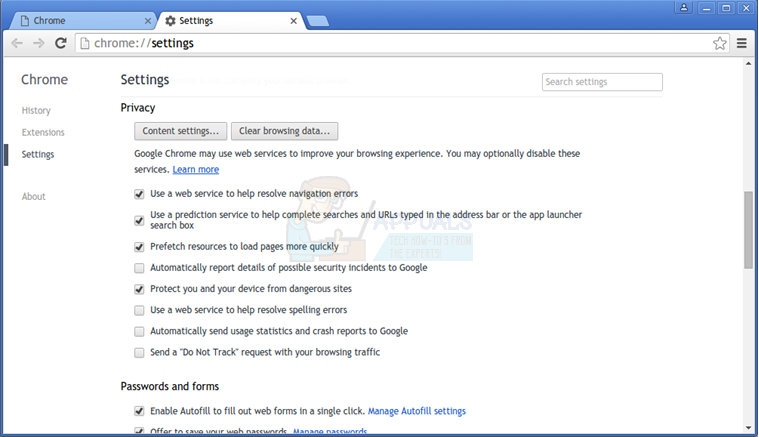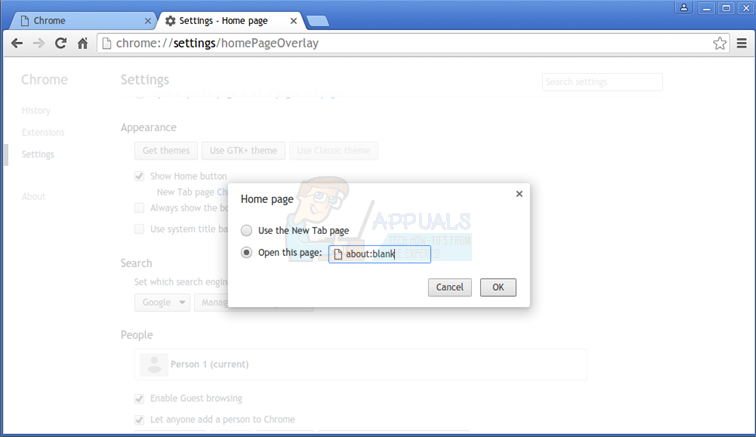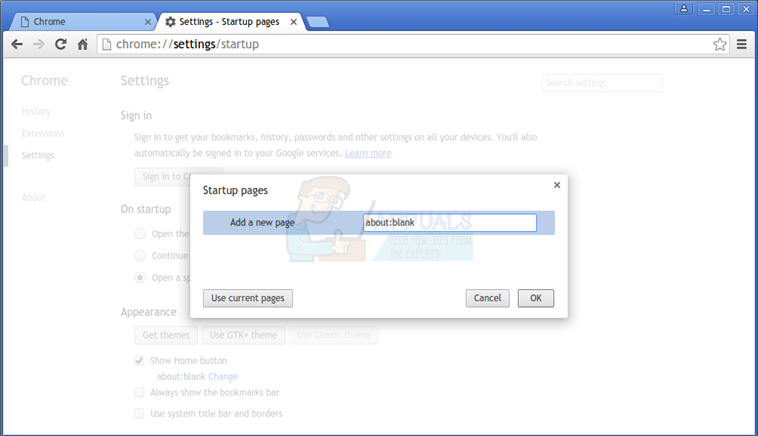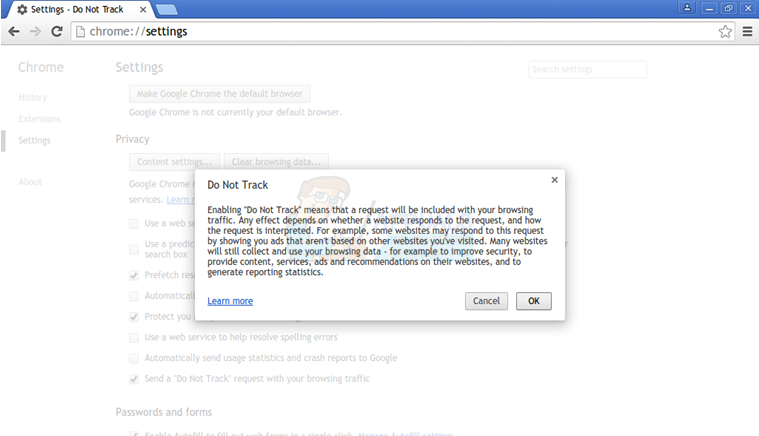Search for a file entitled google-chrome-stable_48.0.2564.116-1_i386.deb, but make sure to only download it from a reputable source. You’ll need to confirm the md5sum as well, so keep this in mind when searching for it. Sites like the Internet Archive at archive.org legitimately hold a safe copy of this file, but you’ll still want to conduct a malware scan even after you’ve completed a verification. This will work on distributions that use DEB packages, which includes Debian and Ubuntu.
Installing 32-bit Google Chrome on Linux
Once you’ve acquired the file and fully understand the risks involved, open the package with the graphical package manager. You may have to double click on the file in a file manager at ~/Downloads in order to open it. Click the “Install Package” button, and then you’ll be prompted to run the installer as root.
Under most circumstances, you won’t have dependency problems. These will resolve automatically if you do, though the installer might ask you to approve the installation of additional packages if needed.
Once the package installer finishes the installation, it will announce it, but you’ll have to manually close it unless you selected otherwise. Click or tap the close button to send the package installer windows away. You’ll receive a quick description of the package you might have seen before, which you can close out as well. If it reads “Reinstall Package” and “Remove Package” as labels on the two top buttons, then you know that it installed properly.
If you use any form of GNOME, KDE or LXDE, then a new Google Chrome icon will have been created in the Applications menu under Internet. This will appear under the same moniker in the Whisker menu under most flavors of the Xfce desktop environment. Regardless of where the icon is, click or tap it to open a new Chrome window.
Chrome will ask you to sign in after warning you that the Linux system you’re working under isn’t supported any more. Click the x next to this warning before proceeding, and then select “Don’t ask again” in the prompt regarding Chrome not being your default browser. You don’t want an old browser being your default. Once both messages are gone, click instead on the menu next to the star-shaped Favorites icon and select Settings. You’ll need to then click on “Manage Search Engines” and select a default search engine. Since you won’t be using this browser for any real work, it’s recommended to choose only one and delete the rest.
Once you’re done you’ll probably wish to disable guest browsing, and then select “Show advanced settings…” to continue before you’re able to select the Privacy box by clicking on the related button. This box is rather important considering that you’re going to be working with a dated browser. More than likely, you’ll want to disable the use of web services and prediction services. Do make sure that “Protect you and your device from dangerous sites” is selected, however. If the colors look a bit strange, then you have Chrome set to draw system colors from your GTK+ theme. Keep in mind that Linux desktop environments totally unrelated to GNOME, including LXDE and Xfce4, still use GTK+ libraries for applications. Under the Appearance heading, select “Use Classic Theme” in order to force Chrome to use the default blue and white color scheme instead of whatever scheme you specify for GTK+ applications. If you’re using any modern window manager, including those that come with all of the major desktop environments, you should make sure that “Use system title bar and borders” is not selected. This is only necessary if you’re using a classic window manager.
Once you get the option to select a home page, you’ll probably want to set it to about:blank to simply load a blank page. Whenever you open new tabs and you’re given an opportunity to hide default search displays in doing so, you’ll also want to select that option as well. This will prevent Chrome from downloading unnecessary data with your browsing traffic, and also potentially reduce its memory footprint. Some 32-bit mobile and portable devices have rather low amounts of RAM.
Select the radio button labeled to permit you to open a specific page or pages on startup. Set the URL in the resulting dialog box to about:blank and then click or tap ok.
When you select the option that instructs Google Chrome to send a “Do Not Track” request with your browsing traffic, you will appear to receive an error.
You can safely ignore this message and select ok to send the request. Since you’ll only be using Chrome to complete a select few tasks, this will not be at all relevant to you. This message merely states that sending this message does not guarantee complete privacy. Keep in mind that you shouldn’t use this browser to log into Google services regardless of when it prompts you to do so. Once you’re done with these privacy settings, head over to the Extensions bar on the left-hand side and click on the trash can icon next to each extension to delete them. You won’t want any of these installed on your specialty browser.
Windows 10 on ARM Will Be Able To Run 32-Bit and 64-Bit Applications With New…Google Following Apple iOS and macOS By Going All 64-Bit For Android And…Linux Mint 20 “Ulyana” An All 64-Bit Linux OS Based On Ubuntu 20.04 Stable…How to Install 32-Bit Software on 64-bit Windows
